Method-1: Run FastAPI by calling uvicorn.run(...)
In this case, your minimal code will be as follows,
# main.py
import uvicorn
from fastapi import FastAPI
app = FastAPI()
@app.get("/")
async def read_root():
return {"Hello": "World"}
if __name__ == "__main__":
uvicorn.run(app, host="0.0.0.0", port=8000)
Normally, you'll start the server by running the following command,
python main.py
Pycharm Setup
For this setup, and now, you can set the script path in Pycharm's config

Notes
- Script Path: path to the FastAPI script
- Python Interpreter: Choose your interpreter/virtual environment
- Working Directory: Your FastAPI project root
Method-2: Run FastAPI by calling uvicorn command
In this case, your minimal code will be as follows,
# main.py
from fastapi import FastAPI
app = FastAPI()
@app.get("/")
async def read_root():
return {"Hello": "World"}
Normally, you'll start the server by running the following command,
uvicorn main:app --reload
Pycharm Setup
For this setup, and now, you can set the script path in Pycharm's config

Notes
- Module name: set to
uvicorn
- [Optional] Script: Path to
uvicorn binary. You will get the path by executing the command, which uvicorn , inside your environment. (See this image)
- Parameters: The actual parameters of
uvicorn command
- Python Interpreter: Choose your interpreter/virtual environment
- Working Directory: Your FastAPI project root


